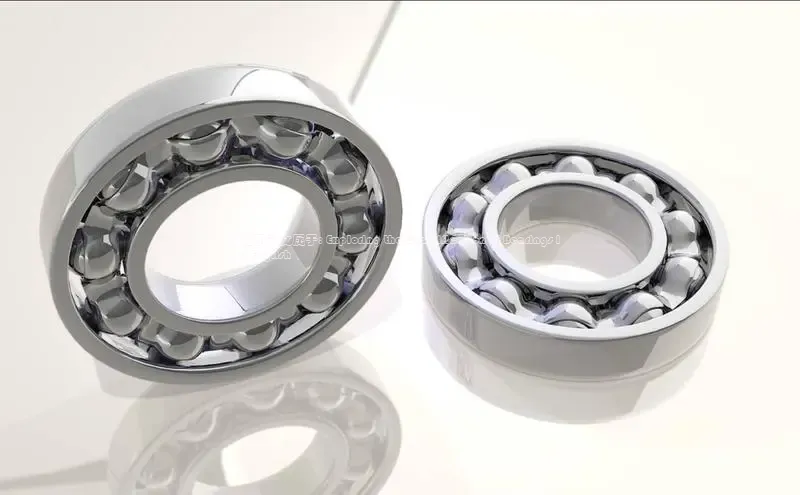欢迎您访问必发集团股份(中国)西安轴承有限公司
全国咨询热线:
029-88621100 88631100


 行业应用
行业应用 煤矿机械
煤矿机械
When it comes to the world of machinery and mechanical engineering, bearings play a critical role in ensuring smooth operation and reducing friction between moving parts. In English, bearings are known as "bearings," and understanding the classification of bearings is essential for anyone working in the field.
There are several different types of bearings commonly used in various applications, each with its unique design and characteristics. Let's explore some of the main categories of bearings in English:
1. Ball Bearings (球轴承): Ball bearings are perhaps the most widely used type of bearing and are characterized by their spherical or ball-like design. They consist of inner and outer rings with a series of balls placed between them to facilitate smooth rotation and minimize friction.
2. Roller Bearings (滚子轴承): Roller bearings, as the name suggests, use rollers instead of balls to support rotating shafts or axles. These bearings come in various designs, such as cylindrical, tapered, and spherical rollers, each suitable for different applications and load capacities.
3. Thrust Bearings (推力轴承): Thrust bearings are designed to handle axial loads, or forces that act parallel to the shaft's direction. These bearings are crucial in applications where heavy axial loads need to be supported, such as in gearboxes and automotive transmissions.
4. Plain Bearings (滑动轴承): Plain bearings, also known as sleeve bearings, do not contain rolling elements like balls or rollers. Instead, they rely on a sliding motion between the shaft and a lubricated surface to reduce friction and support the load.
5. Angular Contact Bearings (角接触轴承): Angular contact bearings are designed to support both radial and axial loads by incorporating a contact angle between the inner and outer rings. This design allows for high-speed applications and better alignment of shafts.
In conclusion, understanding the classification of bearings in English is essential for anyone working with machinery or mechanical systems. Each type of bearing has its unique characteristics and applications, making it crucial to choose the right bearing for the job. Whether you're dealing with ball bearings, roller bearings, thrust bearings, plain bearings, or angular contact bearings, knowing their properties will help ensure efficient and reliable operation of your equipment.